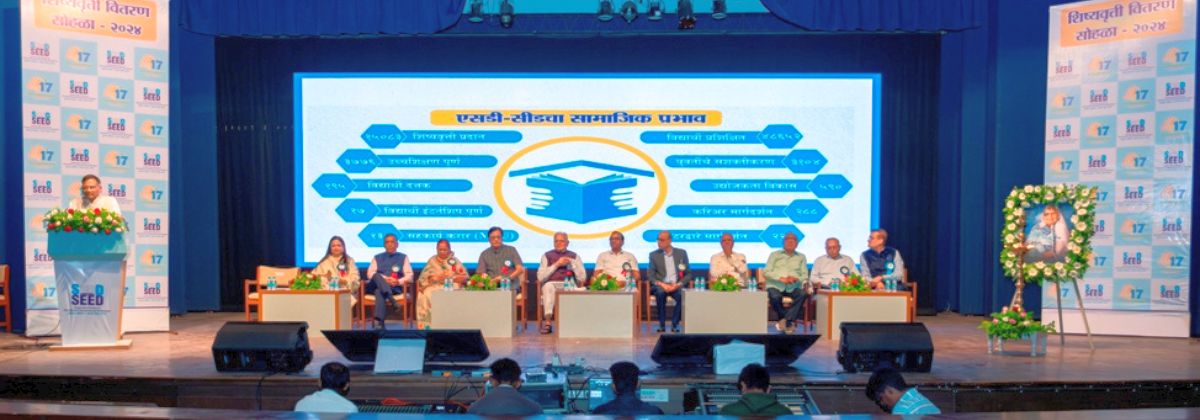






























  |  | |
 |  | |
                         | ||
| |||
SD-SEED Training Process:Objectives:
TRAINING PROCESS FLOW CHART (STEPS 7)STEP 1 : TRAINING NEED IDENTIFICATION
(Soft Skills, Smart Girls, Entrepreneurship Development Program, Teacher Training, Parents Counselling)  STEP 2 : FINALIZATION OF TRAINING TOPIC & CONTENTS
 STEP 3 : PREPARATION OF TRAINING CALENDAR
 STEP 4 : COMMUNICATION OF TRAINING CALENDAR
 STEP 5 : IMPARTING OF TRAINING
 STEP 6 : TRAINING EFFECTIVENESS
 STEP 7 : GAPS BRIDGING
STEP 1 : TRAINING NEED IDENTIFICATION
|
|||||||||||||||||||||||||||||||||||||||||||||||||||||||||||||||||||||||||||||||||||||||||||